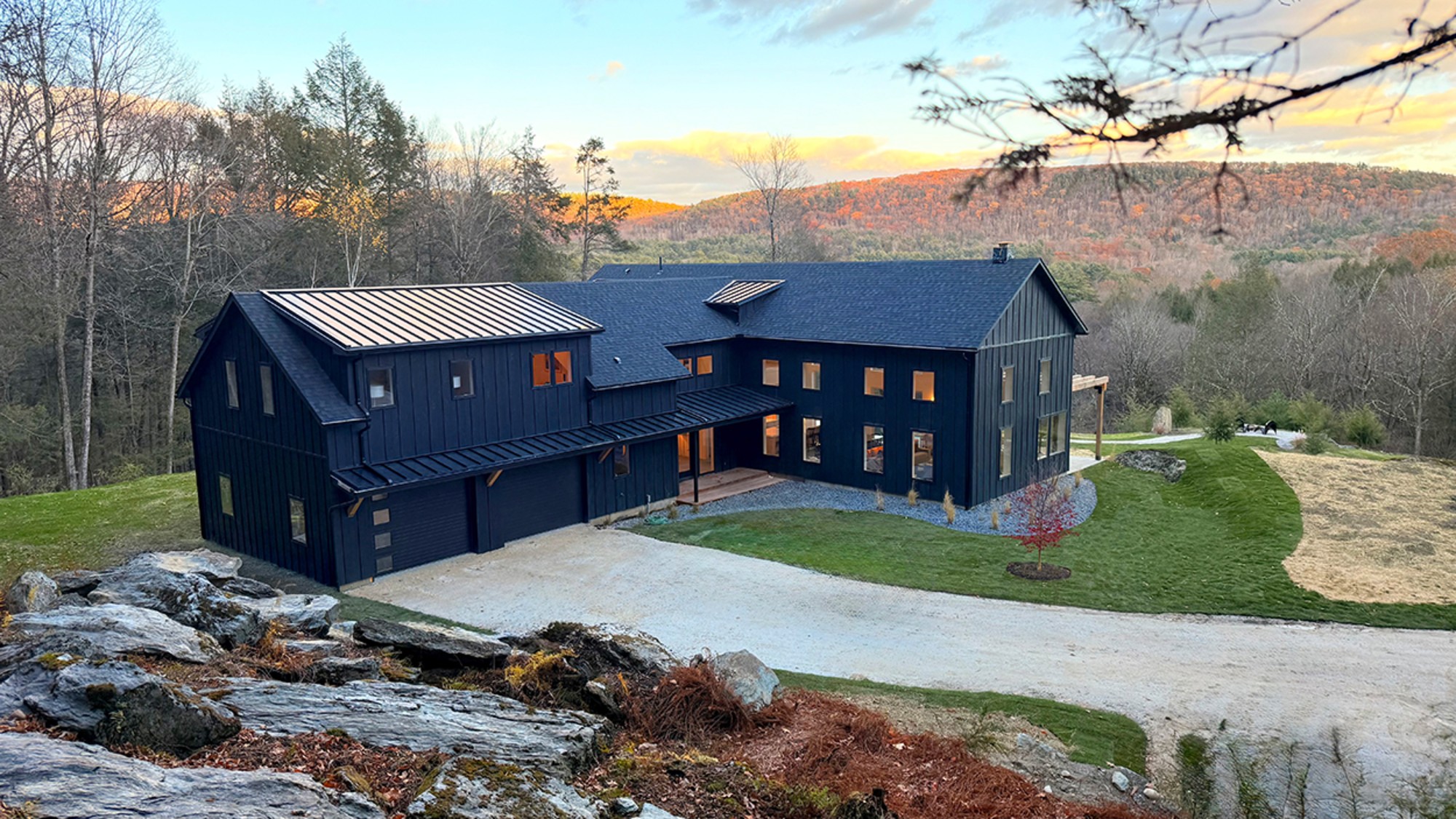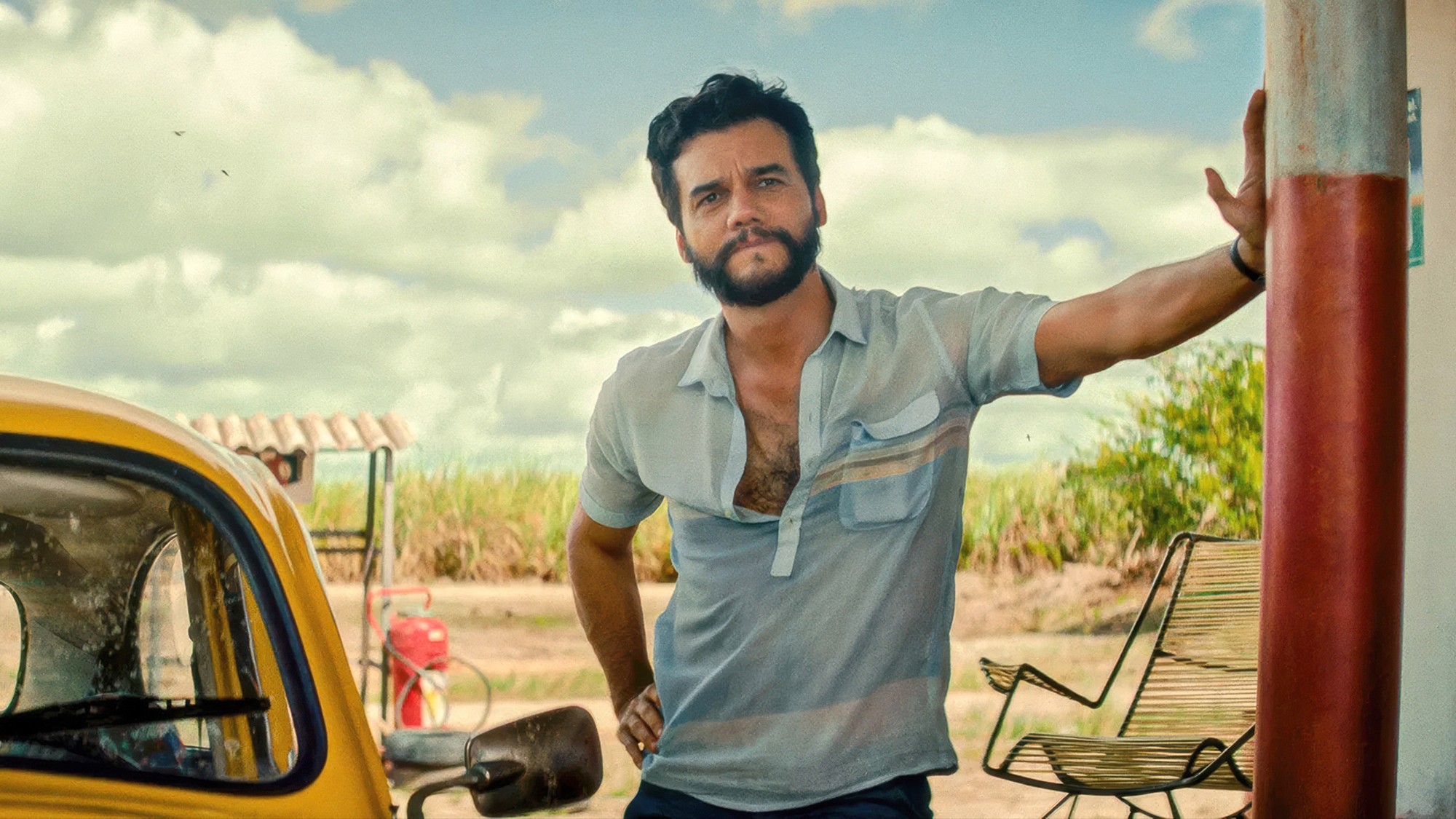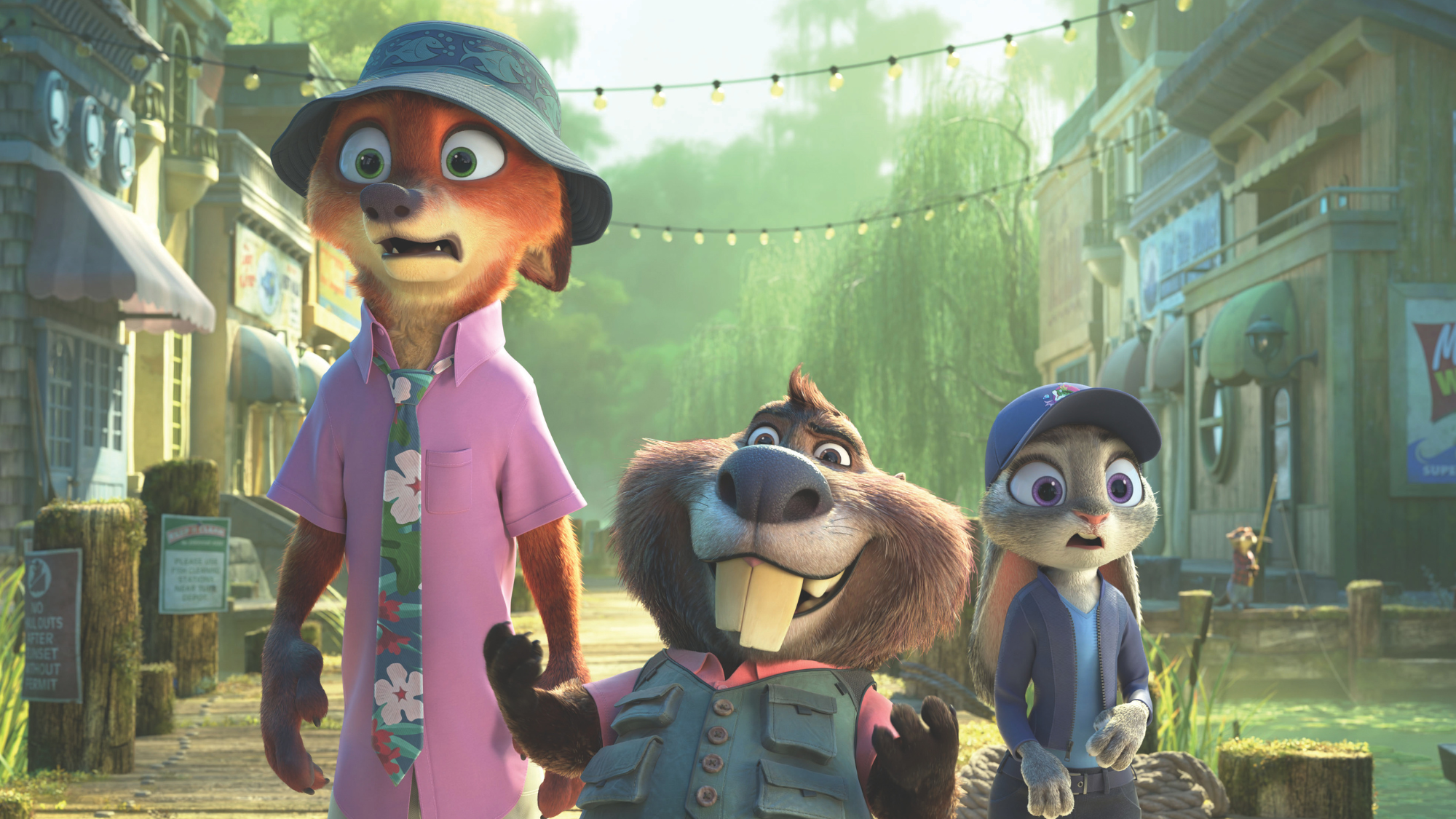Art review: Jack Whitten: The Messenger
Museum of Modern Art, New York City, through Aug. 2

For painter Jack Whitten, “everything was light,” said Alex Greenberger in ArtNews. The same could be said of many visual artists, of course. But Whitten was “less interested in depicting light than in embodying it in paint,” and that ambition helped make the Black Alabama native “one of the great painters of the past century.” A posthumous retrospective now hanging at MoMA gives the world a chance to finally appreciate Whitten’s achievements, and it’s fitting that the show is soundtracked by mid-century jazz. Whitten, who moved to New York City in 1960, took early inspiration from John Coltrane and the “sheets of sound” the saxophonist was known for. By 1964, Whitten had developed ways to create “sheets of light” on canvas. At MoMA, the scores of paintings on display that he created over the following five-plus decades “don’t just hang there, inert. They sparkle, shine, gleam, and dazzle.”
Seven years after Whitten’s death at 78, “it is clear that we should have been paying more attention, much earlier,” said Sebastian Smee in The Washington Post. Arguably “the most important American artist you’ve never heard of,” Whitten was the rare abstract painter whose work was “drenched in content.” Across his long career, he produced “dozens of works intended as monuments to the dead,” including abstract tributes to Malcolm X, Martin Luther King Jr., and the victims of the 16th Street Baptist Church bombing of 1963. He achieved a creative breakthrough in 1970, when he built a 12-foot-wide tool that allowed him to blur and rake paint across canvases on his studio floor. His “most electrifying body of work” arrived when he began playing around with electrostatic printmaking a few years later, but he was still experimenting in his 70s when he created Atopolis: For Édouard Glissant, a 2014 eight-panel “masterpiece” that “resembles an aerial view of a great metropolis or possibly a war zone.”
“Persistently original, restlessly evolving,” Whitten “made it difficult for even his champions to grasp the scope of his career,” said Ariella Budick in the Financial Times. At MoMA, visitors will see “astonishing” sculptures Whitten created during his summers in Crete as well as plenty of evidence that as much as he liked to incorporate accidental marks into his paintings, “he was a master at managing randomness.” In 2001, he was outside his downtown Manhattan studio when two planes struck the nearby World Trade Center, said M.H. Miller in The New York Times. He would work for several years on his response, which he titled 9.11.01. “An anxious mosaic of thousands of plaster molded tiles cast in acrylic paint,” the 20-foot-long work “broadened the parameters of what a painting could be—not just in terms of its size but also of its blurring of the lines between collage, sculpture, abstraction, and figurative representation.”
The Week
Escape your echo chamber. Get the facts behind the news, plus analysis from multiple perspectives.

Sign up for The Week's Free Newsletters
From our morning news briefing to a weekly Good News Newsletter, get the best of The Week delivered directly to your inbox.
From our morning news briefing to a weekly Good News Newsletter, get the best of The Week delivered directly to your inbox.
A free daily email with the biggest news stories of the day – and the best features from TheWeek.com
-
 Homes with great fireplaces
Homes with great fireplacesFeature Featuring a suspended fireplace in Washington and two-sided Parisian fireplace in Florida
-
 Film reviews: ‘The Secret Agent’ and ‘Zootopia 2’
Film reviews: ‘The Secret Agent’ and ‘Zootopia 2’Feature A Brazilian man living in a brutal era seeks answers and survival and Judy and Nick fight again for animal justice
-
 Wake Up Dead Man: ‘arch and witty’ Knives Out sequel
Wake Up Dead Man: ‘arch and witty’ Knives Out sequelThe Week Recommends Daniel Craig returns for the ‘excellent’ third instalment of the murder mystery film series
-
 Zootropolis 2: a ‘perky and amusing’ movie
Zootropolis 2: a ‘perky and amusing’ movieThe Week Recommends The talking animals return in a family-friendly sequel
-
 Storyteller: a ‘fitting tribute’ to Robert Louis Stevenson
Storyteller: a ‘fitting tribute’ to Robert Louis StevensonThe Week Recommends Leo Damrosch’s ‘valuable’ biography of the man behind Treasure Island
-
 The rapid-fire brilliance of Tom Stoppard
The rapid-fire brilliance of Tom StoppardIn the Spotlight The 88-year-old was a playwright of dazzling wit and complex ideas
-
 ‘Mexico: A 500-Year History’ by Paul Gillingham and ‘When Caesar Was King: How Sid Caesar Reinvented American Comedy’ by David Margolick
‘Mexico: A 500-Year History’ by Paul Gillingham and ‘When Caesar Was King: How Sid Caesar Reinvented American Comedy’ by David Margolickfeature A chronicle of Mexico’s shifts in power and how Sid Caesar shaped the early days of television
-
 Homes by renowned architects
Homes by renowned architectsFeature Featuring a Leonard Willeke Tudor Revival in Detroit and modern John Storyk design in Woodstock

